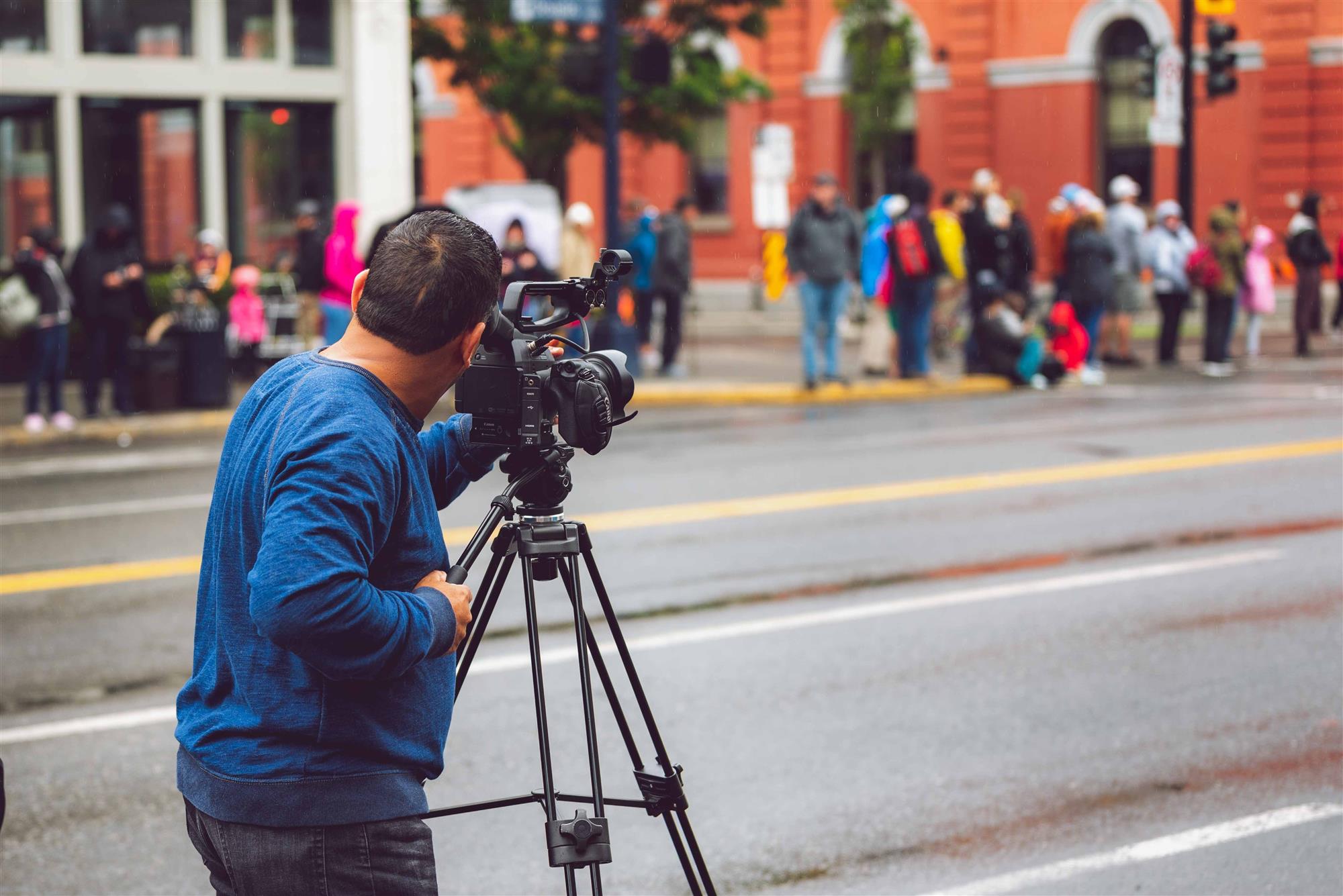By Mandeep S. Lamba, Dipti Mohan, Dhwani Gupta
How wonderful it is when a film shows a city in all its glory! Sometimes when you see a place in a movie, you start wishing you were there exploring it. They have always been a great source of travel inspiration and have often helped increase tourism demand for the location, which benefits the hotels in the region. The global film tourism industry is expected to grow at a CAGR of 6.8% during 2022-32.
A study found that the impact of films on tourism can be massive, increasing it by an average of 31%. It can go as high as 300% in some locations! For instance, all filming locations of the Harry Potter movies experienced a 50% growth in tourism once the movies were released. Similarly, Braveheart resulted in a 300% increase in tourism to Wallace Monument in Scotland, while Mission Impossible 2 increased tourism to Sydney National Park by 200%. Meanwhile, The Lord of the Rings and The Hobbit movie franchises have had such a massive impact on New Zealand’s tourism that its tourists are specifically called “Tolkien Tourists.” Guided tours to the Hobbit houses are available. One in every three visitors visits at least one film set. This is just the tip of the iceberg of film-induced tourism.
Great Britain was the first to leverage the potential of this segment when it released a map with film destinations highlighted and marked on it in 1996. The Guardian reported on a research project that found how filming in Britain alone was bringing in at least a hundred million pounds in international tourism – and that is excluding London. The movie Pride and Prejudice increased attendance at Lyme Park by 176% in the following year. Alnwick Castle, the location of Hogwarts in Harry Potter movies – and occasionally also appearing in the Downton Abbey series – sees more than 800,000 visitors every year.
Films have been a massive driver of tourism in India as well. The country is said to be the largest producer of films in the world. Indian films not only increase domestic and inbound tourism but also, outbound travel from the country. Yash Chopra films, for instance, are credited as one of the key factors in increasing outbound travel from India to Switzerland, with Indians accounting for over 15% of Asian tourists to the country – before the pandemic. The impact of his films was (and still is) so immense on the Swiss economy that the Swiss Government awarded him the title ‘Ambassador of Interlaken’ and the Swiss Ambassador’s Award. The movie Zindagi Na Milegi Dobara, often called a brochure ad for Spain, is another such example. The impact was so significant that it became a case study in colleges of Spain as it increased tourism to the country by 65%.
Films also have a significant role in promoting tourism in various Indian states – with Goa, Kashmir and Rajasthan being a few prominent examples. An industry report recently mentioned that film tourism could help India generate revenues of up to $3 bn if governments and other stakeholders come together. The state governments have also realized this potential and have been introducing policies to promote filming in their areas.
The state government of Uttar Pradesh has taken steps such as setting up a state-level Film Development Council and State Film Division to facilitate a quicker release of movies. They are also working on the infrastructure to accommodate the increase in demand. The Rajasthan state government readily promotes shooting of films in the state. They have also introduced the Rajasthan Film Tourism Promotion Policy 2022, which provides a subsidy of up to INR 20 million for filming. The policy also waives all fees and levies for filming at places which are government owned. The Jammu and Kashmir government has also introduced its film policy, which offers a myriad of incentives; single-window clearing mechanism, equipment, location, and talent directories. The policy emphasizes the use of films as a destination marketing tool by providing 50% of the cost of production or INR 50 million (whichever is less) if the script or story is based on the UT of J&K. Many other state governments are also working on similar lines across the country, as subject experts around the world advocate the usage of films to promote tourism.
With OTT on a steady rise, filming too would be increasing, which should positively impact tourism even in lesser-known destinations in the country. Since the pandemic, travelers have been seeking out lesser-known destinations to explore. B-leisure travel has also been on the rise globally and highlighting city attractions through films could be an effective medium to promote destinations. Hotel and Travel Associations should work with the central and state governments to put together a framework to help promote destinations through films more aggressively. Films have a wider reach and connection with the audience and can become a crucial destination marketing tool that tourism boards should explore going forward.




